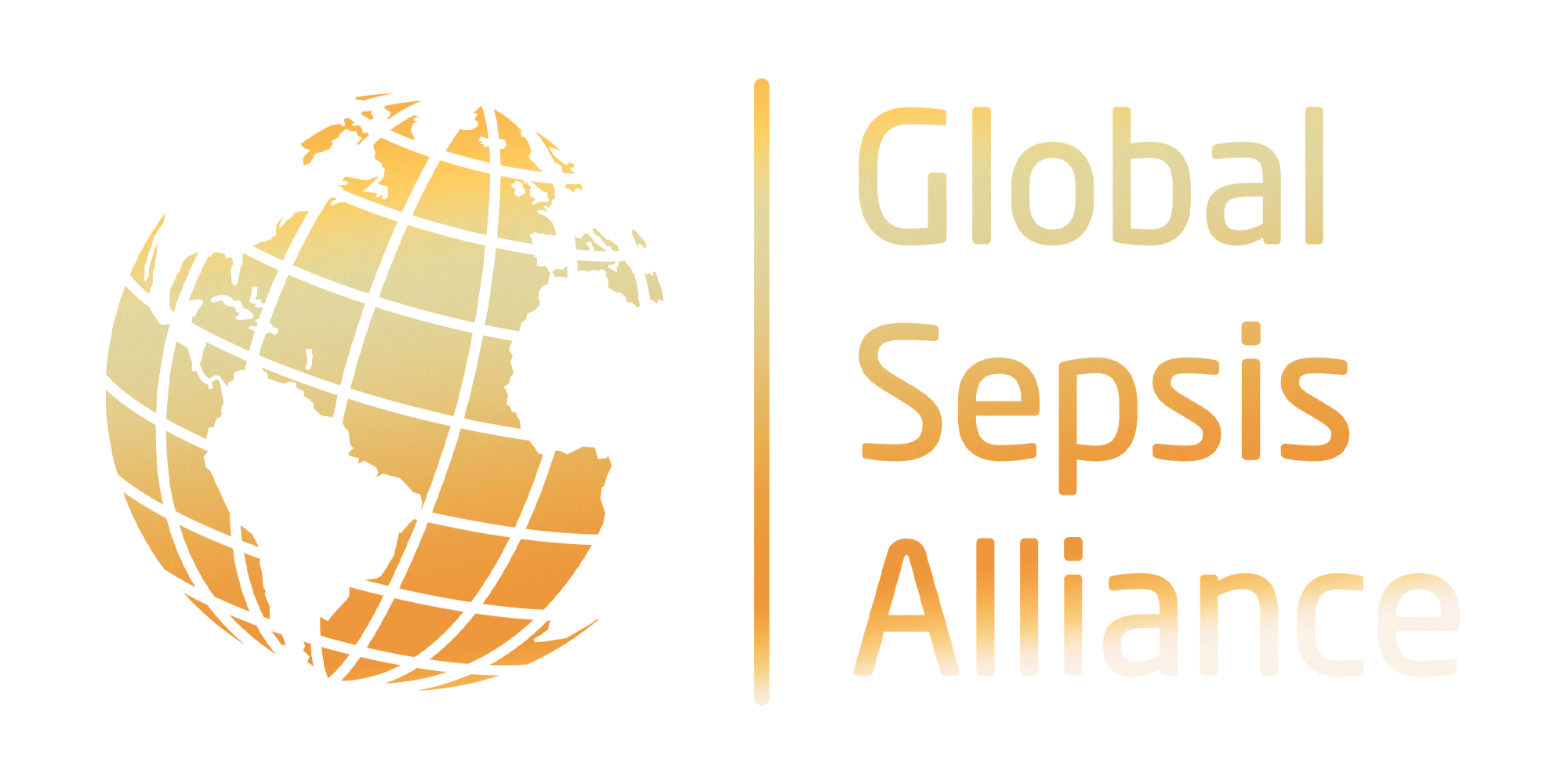In Early February, the Sudan Sepsis Alliance hosted the International Sepsis Conference in Khartoum, Sudan.
At this event, the Khartoum Resolution was produced - and Sudan has agreed to host a conference of African Ministers of Health to discuss a joint strategy for Africa. African countries are urged to develop a similar program to tackle sepsis.
At this opportunity, the Sudan Sepsis Alliance finally received their GSA Award, which it was awarded in 2017 for their major accomplishments in sepsis care and awareness in Sudan. Applications and nominations for the 2018 GSA Awards are now open.
Over 700 doctors, nurses, pharmacists, allied health professionals, and students met at the international sepsis conference organised by the Sudanese Sepsis Alliance on February 1st, 2018, in Khartoum. Participants discussed the challenges and opportunities for improving sepsis care in Sudan and Africa. They also discussed achievements and what needs to be done to improve prevention, recognition, treatment, and rehabilitation. A preconference meeting was also held on the January 31st, 2018, and chaired by Professor Mamoun, Khartoum State Minister of Health.
Most of the participants were from Sudan, however, other African countries such as Nigeria, Djibouti, and Kenya were represented. Representatives from the Global Sepsis Alliance and the African Sepsis Alliance were also present.
The following items are especially important:
- The Sudanese Sepsis Alliance was given a prestigious GSA Award. This award recognises all the work they have done to improve sepsis prevention, recognition, and treatment in Sudan.
- The Khartoum Resolution was agreed to arrange a conference of African Ministers of Health to develop a joint strategy and plan for sepsis improvement in Africa. Professor Mamoun agreed to sponsor and host the conference within 12 months and in collaboration with the African Union.
Professor Konrad Reinhart, Chair of the Global Sepsis Alliance, said “This is a great achievement for Sudan and the African Continent. Sudan is leading the world in sepsis improvement and other African countries should learn from it”
We urge you to sign the Kampala declaration and support sepsis improvement in Africa. Everybody in Africa has a right to survive sepsis.












